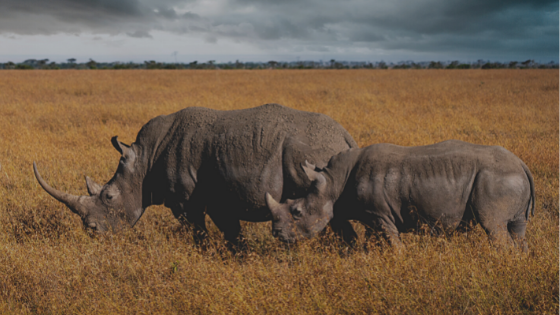The animal kingdom is in serious jeopardy, mainly because of human interference and disregard for other species. An estimated 100 species went extinct in 2020, with dozens more added to the endangered list. Humanity seems intent upon destroying the ecosystems necessary for animals’ survival, which will ultimately have a devastating effect on the world we all live in.
Fortunately, opportunities exist for humans to reverse some of the damage that has been done; progress can be made to repair and restore the environment so that animals may once again thrive. Some of the animal conservation trends in 2022 are directly related to mitigating human actions, including the following:
An Emphasis on Plant-Based Foods
In addition to animal cruelty and welfare issues, factory farming and other forms of animal agriculture are major contributors to greenhouse gas emissions. If populations choose to consume less meat, fewer animals will be raised and killed to help feed humans, thus reducing greenhouse gas emissions. Many countries, including China, are currently running campaigns to encourage their citizens to eat fewer animals and to include more plant-based foods such as fruits, beans, vegetables, and tofu in their diet.
Insect Diversity
Greater attention is being given to the use of chemicals called neonicotinoids, which are used as pest control. Although the pesticides help control insects that are pests, they are also destroying bee colonies and other beneficial insects. Alternative pesticides have the same effect of destroying all insects, thus wreaking havoc on insect biodiversity. Greater attention will be paid to using these chemicals to preserve helpful insect colonies.
Species Multiplying Asexually
Parthenogenesis is the process that allows insects and other invertebrates to multiply asexually when they lack mates. This ability enables certain species to become invasive if they are accidentally transported to areas not endemic, which can create havoc on the local ecosystem. Scientists are becoming more aware of the types of species that have this ability to be contained and prevented from destroying fragile environments.
Airborne DNA Detection
Taking airborne DNA samples allows scientists to collect evidence of all sorts of species that have been in a specific area. This technology helps scientists track animals and can lead to the repopulation of certain species in precise ecosystems.
